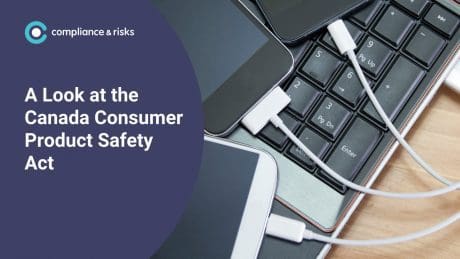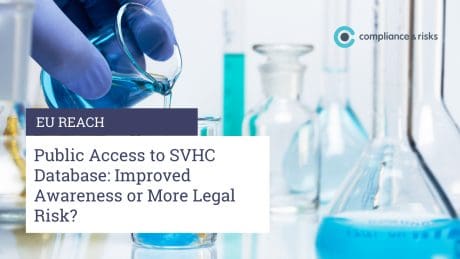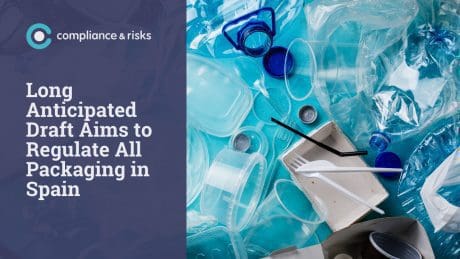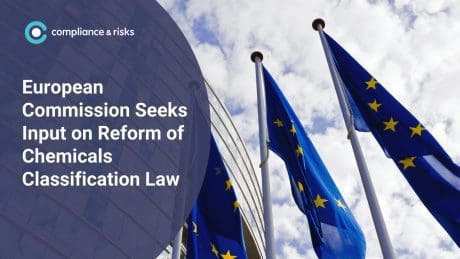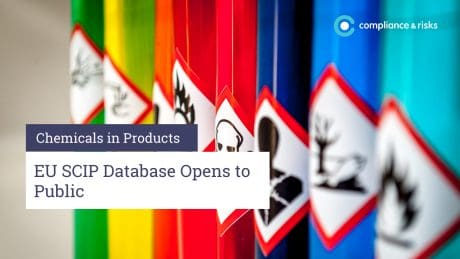
Gulf Cooperation Council: RoHS Requirements Currently Under Discussion


This comment is based on a preliminary draft released for comment by the World Trade Organization (WTO) and an unofficial translation, pending the preparation of an official text by the authorities.
Who is affected?
The Technical Regulations on Hazardous Substances in Electrical and Electronic Devices have been promulgated with a view to clarifying the requirements to be met either by domestically manufactured electrical and electronic appliances or those imported from abroad to any GCC Member State (United Arab Emirates, Bahrain, Saudi Arabia, Oman, Qatar, Kuwait and Yemen) so that these may be permitted to be freely traded on the market.
Last year the United Arab Emirates (UAE) became the first Gulf state to introduce a RoHS scheme and restrictions on lead, mercury, cadmium, hexavalent chromium, PBB and PBDE in electrical and electronic equipment (EEE) (other than equipment listed in Category 11, ‘Other EEE’) including cables or spare parts for the repair, the reuse, the updating of functionalities or upgrading of capacity of EEE became effective on 1 January 2018. Since its inception much comment has been made on problematic omissions in the legislation, not least the challenges in understanding how to demonstrate compliance in practice. Although parties obligated under that regulation have seen some solidification of mandatory actions to be taken, they now need to know that, critically, GSO’s regulation will on commencement replace the controversial UAE measure. It is hoped that the resulting regulation will prove to be clearer and more actionable in terms of duties incumbent on manufacturers and material suppliers, and involve minimal adaptation for those already complying with the UAE regime.
Scope
GCC’s Restriction of Hazardous Substances will apply to all electrical and electronic devices and equipment specified in Annex 1 (apart from the listed exclusions) with the exception of devices and equipment for any of the uses specified in Annex 3 and Annex 4.
Annex I product categories are patently a match for those regulated both in the EU and in UAE. Exclusions are listed and also in line with those adopted in UAE, not very surprising given that UAE omitted the same in its initial draft last year eliciting a barrage of queries it was not equipped to handle.
Restricted substances and maximum concentrations
Manufacturers and importers of EEE into the GCC region must ensure that their products observe the limits for 10 hazardous substances by the applicable dates. GCC has harmonized with both the EU and UAE with regard to substances controlled: lead, mercury, cadmium, hexavalent chromium, PBB, PBDE, DEHP, BBP, DEHP and DIBP. The hazardous materials concentration rates will be calculated in ratio to the weight, taking into account coating materials.
Will any exemptions apply?
GSO has created an exemption list which mirrors updated EU exemptions, and even adopts the EU exemption numbering system. As such it presents a much cleaner and digestible document than it’s UAE counterpart.
Is there any possibility to request a new exemption or an exemption renewal?
Yes. New exemptions or renewals may be requested by virtue of Article 24(2): “Member States shall submit all applications for the grant, renewal or revocation of exemptions to the Commission and shall be transmitted to the GCC compliance committee”. This is certainly a welcome provision, although the details of the process, including timeframes for submission of requests, remains to be seen.
What are manufacturers required to do?
GSO has compiled a much more detailed list of obligations than those prescribed by UAE. Although framed somewhat differently, it bears a reassuring resemblance to EU norms:
1. The manufacturer shall only place on the market electrical and electronic devices and equipment corresponding to the requirements of this regulation.
2. When placing EEE on the market, the manufacturer must ensure that the design and manufacture of EEE has complied with the basic requirements of Article 3.
3. The manufacturer must analyse the risks in accordance with Article (15) and ‘provide the necessary evidence’.
4. The manufacturer shall conduct the conformity assessment in accordance with Article (16) and ‘provide the necessary evidence’.
5. Where the conformity of EEE is established with the specific requirements in accordance with Article (3), the manufacturer shall issue the manufacturer’s declaration of conformity referred to in Article 13(1) of this regulation.
6. The manufacturer’s approval shall be kept for a period of 10 years after the placing of EEE on the market.
7. The manufacturer shall comply with the GCC Conformity Tracking System at the Standardization Authority and provide all the necessary information about the products and suppliers and the corresponding conformity assessment procedures in accordance with Article 14.
8. Ensure continuity of conformity for serial production, taking into account any change in the design or characteristics of EEE in accordance with Gulf standard specifications
9. The manufacturer must, whenever necessary, consider the risks of EEE and, in order to protect the health and safety of consumers and the environment, conduct tests on samples of EEE, investigate complaints and, if necessary, maintain records of complaints.
10. Manufacturer’s must ensure that all EEE bears a model number and has one of the following: batch number, serial number or any other indicator of identification, unless it is impossible to put the required information on the products in view of their size or their nature. This information must also be provided on the packaging of EEE or in the accompanying manuals.
11. Manufacturer must indicate his name or registered trade name, and the authorized address except in case of impossibility. All required information should be provided on the EEE or accompanying instructions in Arabic, English or both.
12. The manufacturer must ensure that EEE is accompanied by safety instructions in Arabic, and instructions for use should be provided in Arabic.
13. If the manufacturer considers, or has any evidence to doubt the EEE he has placed on the market is not in conformity with the applicable Gulf Technical Regulations, corrective actions must be immediately taken necessary to bring them into conformity, or withdraw or recall as necessary.
14. Provide the necessary documentation to confirm the conformity of the EEE in Arabic and if this is not possible, in English.
Labelling
Article 14 states that EEE marketed must meet the requirements of the Gulf Tracking System. EEE must fulfill tracking requirements, bear the Gulf Conformity Mark and display the tracking code. No further detail is given on the foregoing – presumably the practicalities on where to place the mark, its size and color are those set out in the Rules for the Use of the GSO Conformity Tracking Symbol (GCTS), issued in October 2016. Those Rules state that marking is to be affixed by manufacturers or importers subject to notified body conformity assessment. The GC mark is only required to appear on the product, whilst the GCTS must be applied to the outer packaging and accompanying documentation, such as the instruction manual.
Conformity assessment/declaration
Chapter 4 describes the conformity assessment procedure to be applied, with Annex 5 prescribing the details thereof. The procedure is model inspection whereby an approved authority will review the technical design of the product to ensure that the technical design complies with related Gulf technical regulations. Per Article 16, manufacturers will assess the conformity of EEE marketed and declare in accordance with Annex VI, in both Arabic and English.
Will UAE RoHS Regulation continue to apply?
GCC TR supersedes any national or Gulf TR for the prohibition of hazardous materials in EEE from the date of commencement.
When will manufacturers and importers have to show that their products comply?
Regrettably, the GSO has not given a concrete indication of when the first RoHS deadline will be. Article 3 erroneously refers to 22 July 2017 as the date by which EEE must observe limits for the the six substances excluding phthalates. Since the draft is still under consideration, 22 July 2019 now looks like a more realistic date. This would mean that cables or spare parts for the repair, the reuse, the updating of functionalities or upgrading of capacity of EEE placed on the market before this date would also be subject to restrictions on DEHP, BBP, DBP and DIBP.
From 22 July 2021 the restriction on DEHP, BBP, DBP and DIBP in medical devices (including in vitro) and monitoring and control instruments (including industrial monitoring and control instruments) and in cables or spare parts for the repair, reuse, updating of functionalities of medical devices and and monitoring and control instruments placed on the market from this date would apply.
Notwithstanding the mistake made on deadlines there is a positive takeaway – the closeness to EU RoHS means that many companies already selling into that market and with compliance systems already in place should be able to adapt with relative ease to this regulation and successfully bring their products to market.

